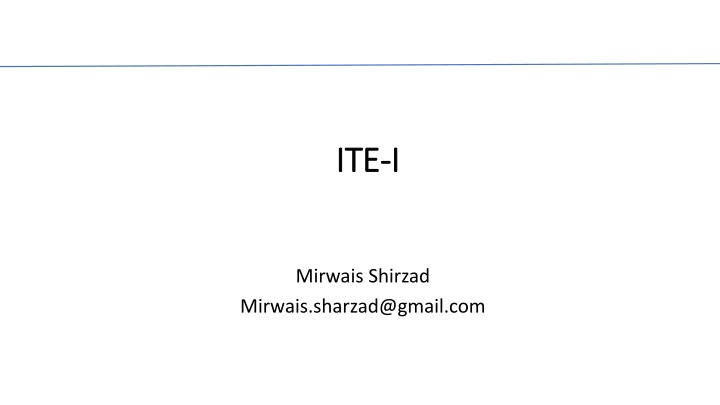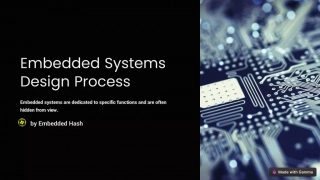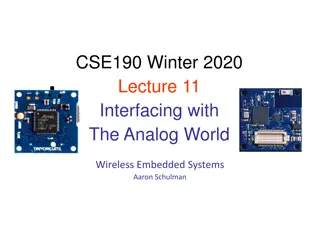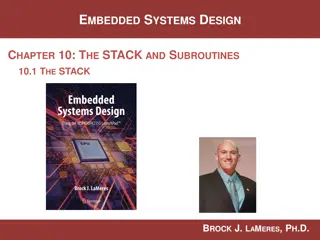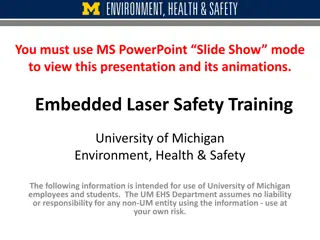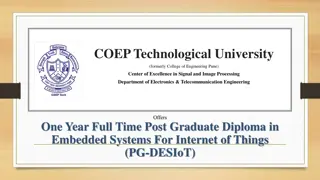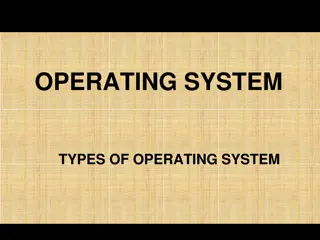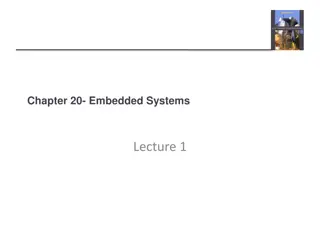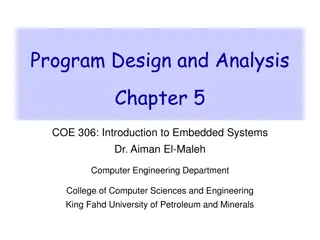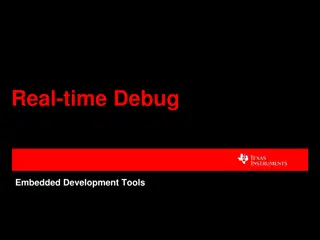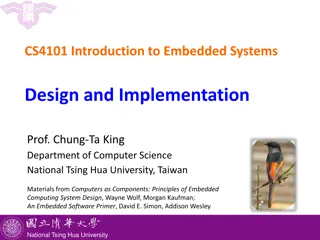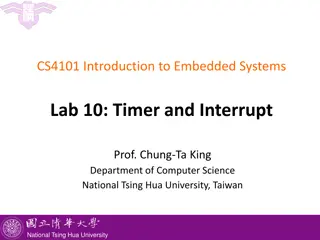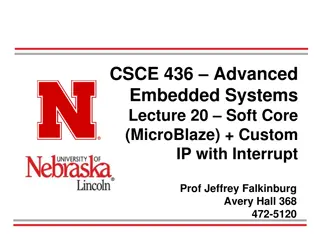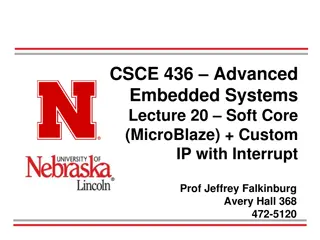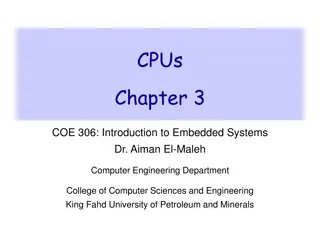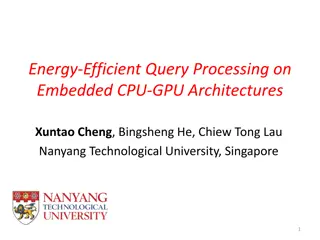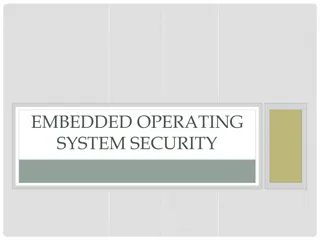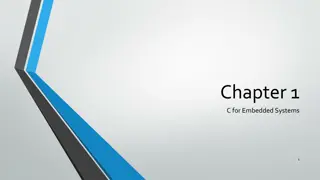Computer Systems Overview in Embedded Systems Design
This chapter delves into the fundamental aspects of computer systems, encompassing hardware and software components working together to execute tasks. Definitions and functionalities of computers, including operation codes, instruction sets, and the roles of software developers and programmers are explored. The distinction between hardware and software in providing the necessary functionalities for program execution is discussed, complemented by images showcasing digital storm desktop computers and PCB unlimited printed circuit boards.
Download Presentation

Please find below an Image/Link to download the presentation.
The content on the website is provided AS IS for your information and personal use only. It may not be sold, licensed, or shared on other websites without obtaining consent from the author.If you encounter any issues during the download, it is possible that the publisher has removed the file from their server.
You are allowed to download the files provided on this website for personal or commercial use, subject to the condition that they are used lawfully. All files are the property of their respective owners.
The content on the website is provided AS IS for your information and personal use only. It may not be sold, licensed, or shared on other websites without obtaining consent from the author.
E N D
Presentation Transcript
ITE ITE- -I I Mirwais Shirzad Mirwais.sharzad@gmail.com
Introduction to Computers Introduction to Computers
What is a computer Computer is an electronic data processing device that operates under the control of instruction (software) accepts data (input) Manipulate data (process) Generates information (output) Store the data Generally, the term is used to describe a collection of devices that function together as a system.
What task a computer perform Computers can perform four general operations, which comprise the information processing cycle. - Input - Process - Output - Storage
Data vs. information Computer processing requires data that is given to it during input phase Data is a collection of raw facts, figures and symbols, e.g. numbers, words, images video and sound Computers manipulate data to create information Information is organized, meaningful and useful
Cont. During the output phase, the information is displayed or printed for the user. The information can also be put in computer storage for future use.
Why is computer so powerful? Computers are - able to perform information processing cycle with amazing speed. - reliable (low failure rate) - accurate - able to store huge amounts of data and information - able to communicate with other computers
Types of Computer Computers can be classified by their speed and computing power. PC (Personal Computer) It is a single user computer system having moderately powerful microprocessor Workstation It is also a single user computer system, similar to personal computer however has a more powerful microprocessor. PC (Personal Computer Workstations
Cont. Mini Computer It is a multi-user computer system, capable of supporting hundreds of users simultaneously. Mainframe It is a multi-user computer system, capable of supporting hundreds of users simultaneously. Software technology is different from minicomputer. Mini Computer Mainframe
Cont. Supercomputer It is a multi-user computer system, capable of supporting hundreds of users simultaneously. For example, weather forecasting, scientific simulations, (animated) graphics, fluid dynamic calculations, nuclear energy research, electronic design, and analysis of geological data Supercomputers
Primary components of Computer Input devices Central Processing Unit (containing the control unit and the arithmetic/logic unit) Memory Output devices Storage devices
Input devices Keyboard - Using keyboard data is input by user manually keying in or typing certain keys - A keyboard typically has 101 or 105 keys
Input devices (Cont.) Mouse - Mouse is a pointing device which is used to control the movement of a mouse pointer on the screen and to make selections from the screen - Mouse has one to five buttons - The bottom of mouse is flat and contains a mechanism that detects movement of the mouse
Input devices (Cont.) Scanner - Scans documents such as photographs and pages of text. When a document is scanned, it is converted into a digital format. - Creates an electronic version of the document that can be viewed and edited on a computer.
Input devices (Cont.) Microphone - an instrument capable of transforming sound waves into changes in electric currents or voltage, used in recording or transmitting sound.
Central Processing Unit (CPU) Processing Device CPU contains electronic circuits that cause processing to occur. The CPU interprets instructions to the computer, performs the logical and arithmetic processing operations It causes the input and output operations to occur
Parts of CPU CPU consists of two parts Arithmetic and logic unit (ALU) Control unit (CU) Both contains register or high speed storage area
